Harold Porcher’s Specialist Picks: The Artist of the WPA — January 27, 2022
Harold Porcher, Director of Modern & Post-War Art and lead specialist for the Artists of the WPA sale on January 27, 2022, shares three standout paintings from the auction.
Aaron Bohrod
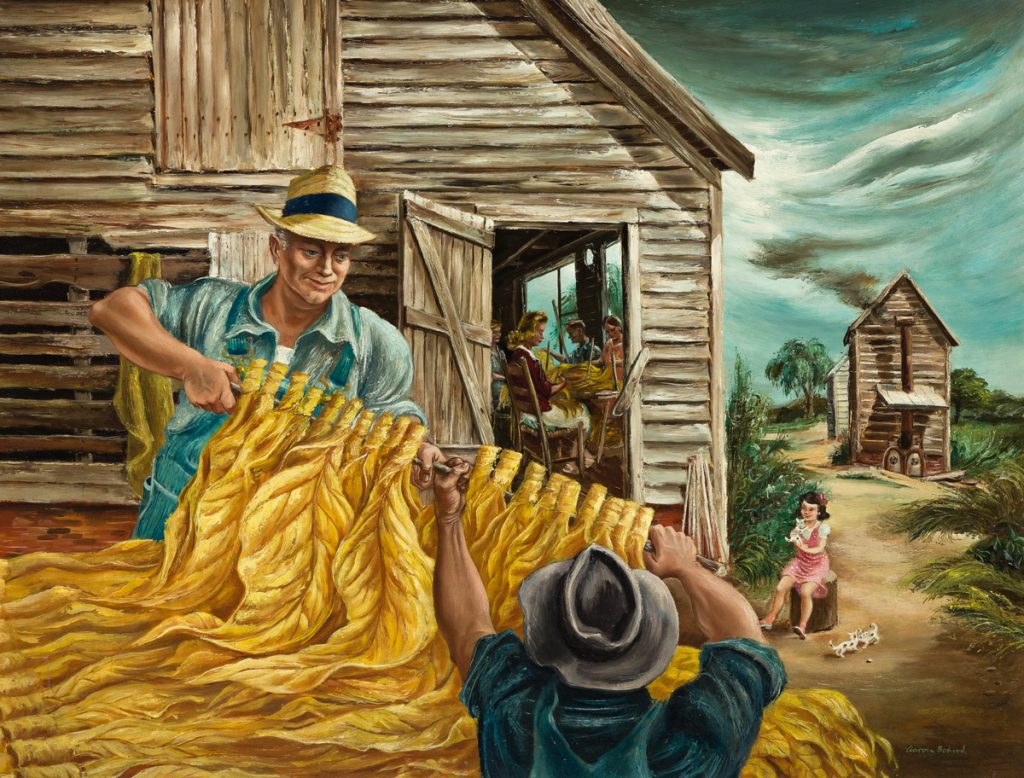
As the war in Europe escalated, the depression in the United States lingered on. The U.S. tobacco industry was a source of employment and economic stability for thousands of people. America’s recovery from economic hardship would not fully strengthen until the country joined the war effort, bringing in a diversity of government jobs.
Daniel Celentano
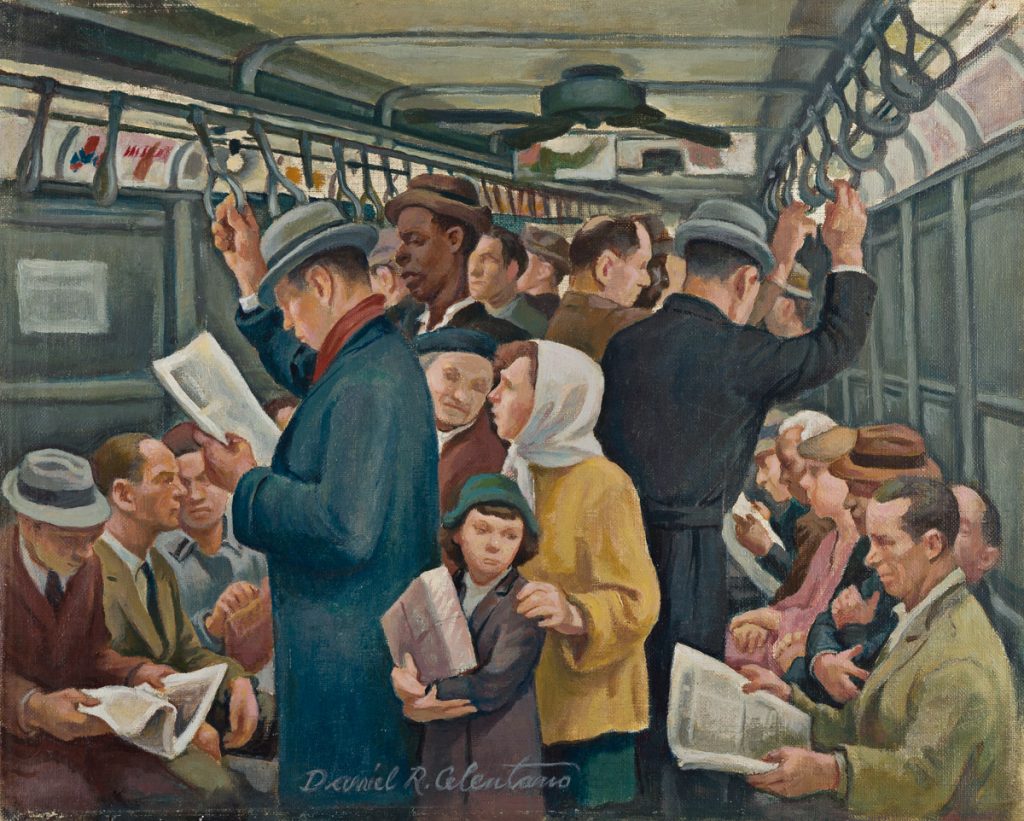
This painting, of a Pelham line train (#6) full of passengers, illustrates the importance of a strong infrastructure with affordable housing and transportation—it was made circa 1935 in the middle of the American depression.
Reginald Marsh
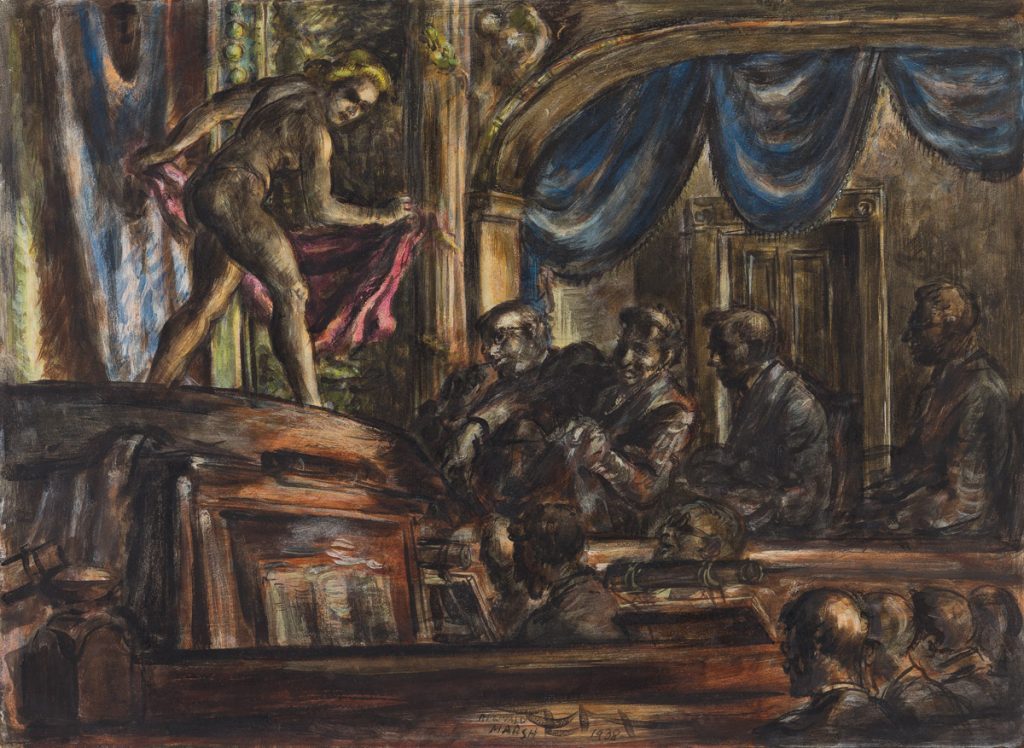
Reginald Marsh and his associates, known as the Ashcan Painters, depicted the scenes of New York’s poor and working-class citizens. Burlesque subjects were a favorite of Marsh. As instructors to many of the artists that participated in WPA programs, Marsh and his peers’ sensibilities for subjects of less idealistic beauty opened the doors for social realism as a viable subject often utilized in WPA-era works.
Related Reading
Additional Specialist Picks
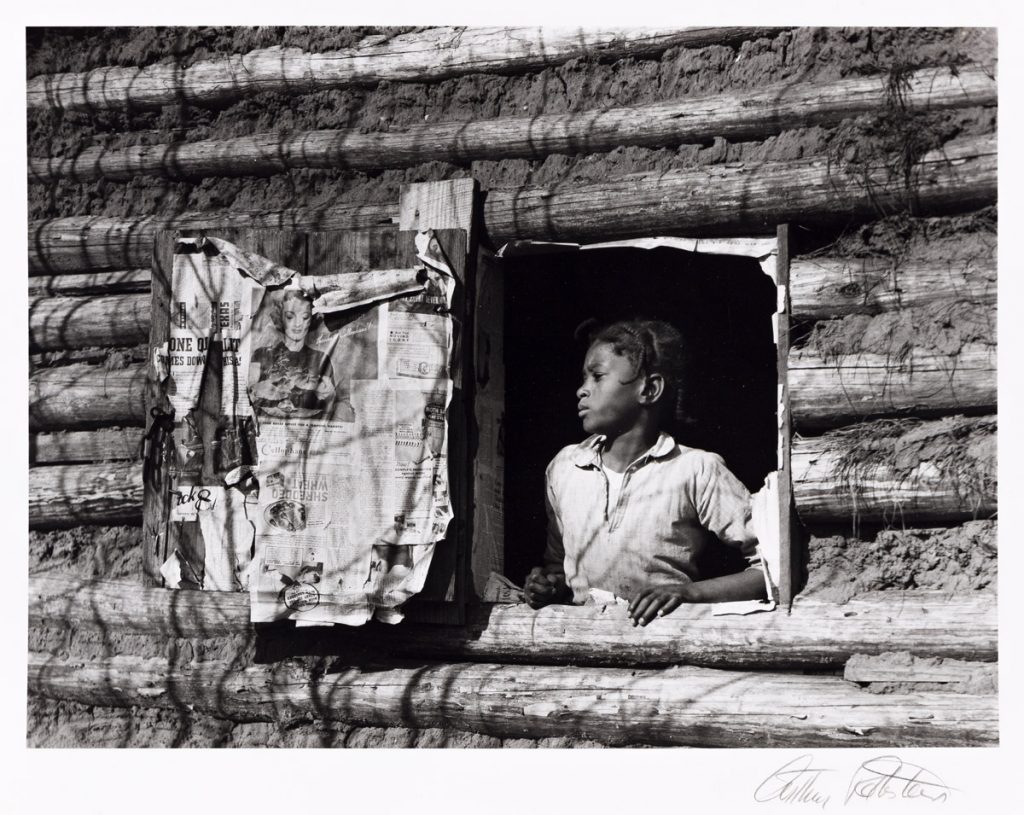
Arthur Rothstein, Girl at Gee’s Bend, Alabama and Sheepherder’s Camp, Madison County, Montana, two silver prints, 1939 & 1939, printed 1980s. Estimate $3,000 to $4,500.
Girl at Gee’s Bend, Alabama, is a striking half-portrait of Artelia Bendolph staring out into an unknown distance. The window on the Kutcha house is insulated with old news clippings of domesticity. In February 1937, the Farm Security Administration assigned Arthur Rothstein to photograph Gee’s Bend, a former plantation that had become an isolated African American sharecropping community. Rothstein’s image emphasizes the difficult yet sometimes picturesque living conditions rather than any signs of progress. Gee’s Bend is now famous for the sophisticated artistry of its quilting tradition. – Corey Serrant, Administrator, African American Art
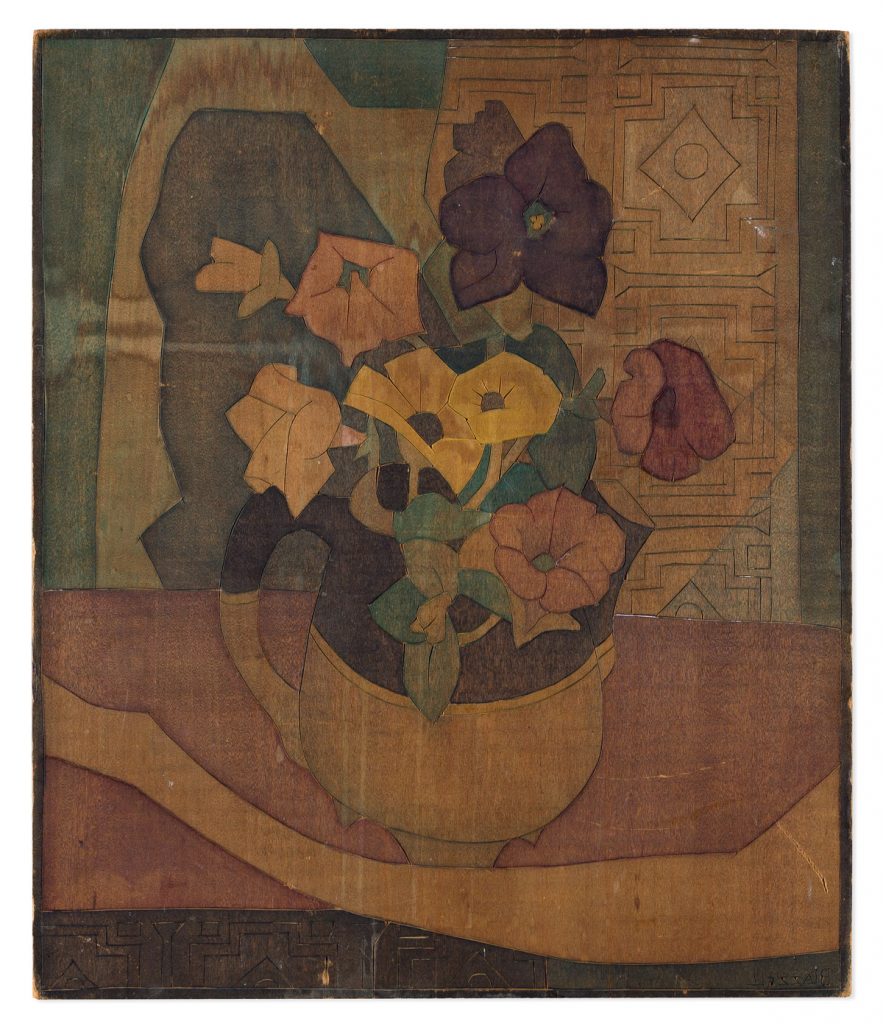
Blanche Lazzell, Cape Cod Cottage & The Coffee Pot, double-sided carved woodblock, painted in color inks, 1936. Estimate $20,000 to $30,000.
“Blanche Lazzell’s carved woodblocks, used to produce her colorful prints, are rare to the market. The block gives us the opportunity to admire Lazzell’s workmanship from its nascence. The prints made from this block are extremely scarce — according to Lazzell’s record book, only two impressions of ‘Cape Cod Cottage’ and three impressions of ‘Coffee Pot’ were printed by the artist. We have not found any impressions from this block at auction in the past 30 years.” – Meagan Gandolfo, Cataloguer, Prints & Drawings
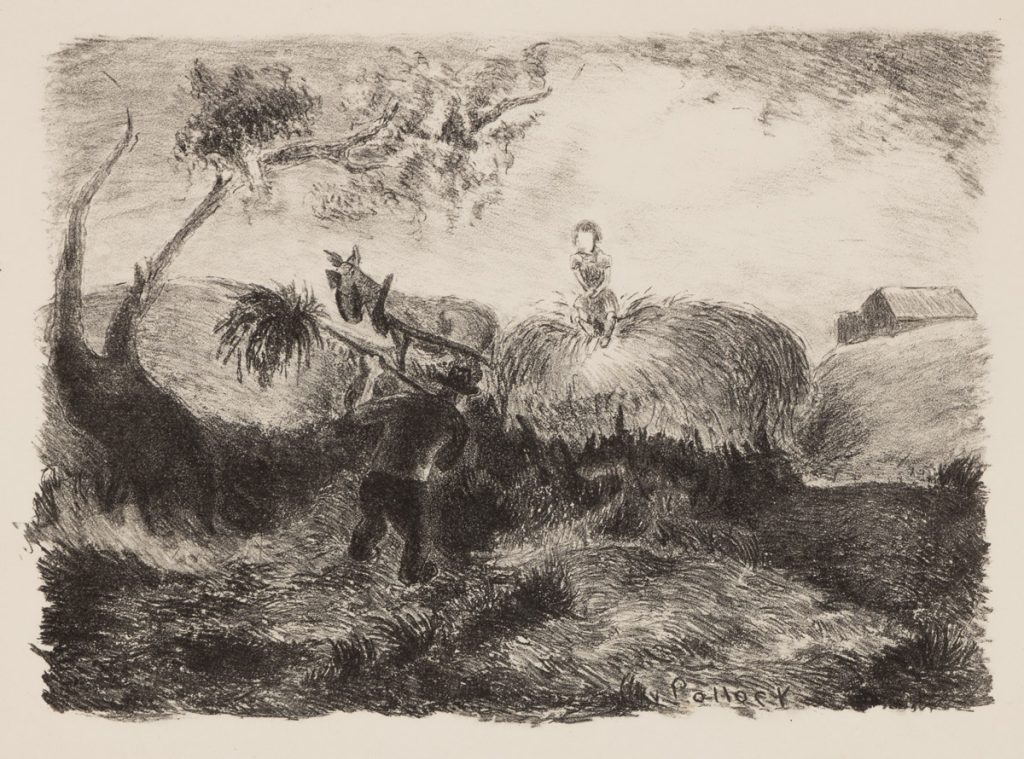
Jackson Pollock, Stacking Hay, lithograph, circa 1935–36. Estimate $5,000 to $8,000.
“With only two other impressions at auction in the past 30 years, this printer’s proof records an early moment in Jackson Pollock’s career under his painting teacher, Thomas Hart Benton, who he studied under from 1930 to 1933. Benton’s influence is clear, yet Stacking Hay also hints to the dynamism Pollock himself would develop over his own time in the WPA from 1938 to 1942, being exposed to the murals and styles that would become his drip and action painting of the 1940s.” – James Macry, Administrator, Prints & Drawings
Do you have a work by a WPA artist we should take a look at?
Learn about how to consign to an auction, and send us a note about your item.
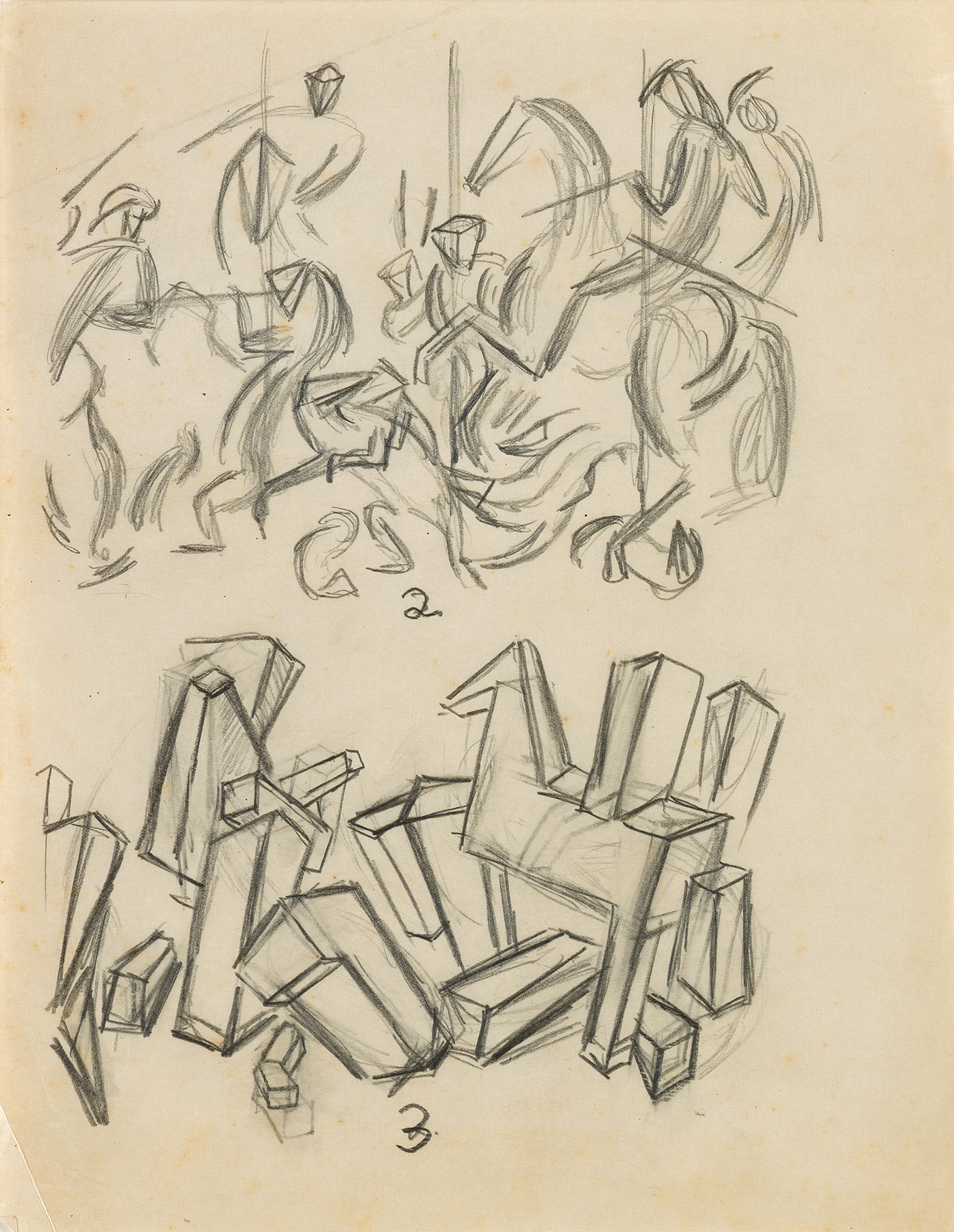
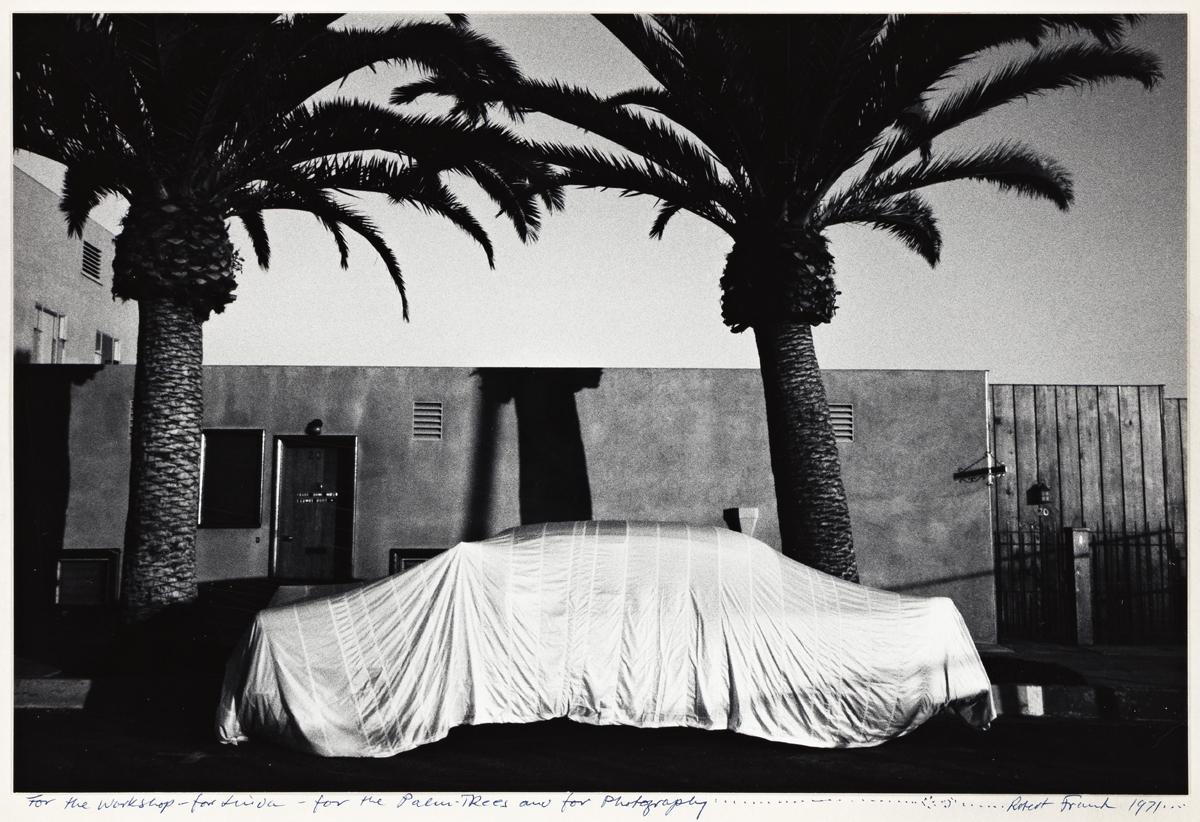













![Grace Meschery-McCormack shares about two copies of Fernando de Rojas’s ‘La Célestine,’ including a limited edition copy illustrated by Pablo Picasso.
At auction April 22. Learn more about the works at the link in our bio.
#Rarebooks #rarebookdealer #antiquarianbooks #auctions
_______________________________________
Music Credit:
Schubert - Piano Quintet in A major ‘The Trout’, D. 667 - IV. Andantino – Allegretto
Music provided by Classical Music Copyright Free on Youtube [https://tinyurl.com/visit-cmcf]
Watch: • Schubert - Piano Quintet in A major ‘...]](https://scontent-iad3-1.cdninstagram.com/v/t51.75761-15/491443494_18499096345036585_5935932878956098058_n.jpg?stp=dst-jpg_e35_tt6&_nc_cat=107&ccb=7-5&_nc_sid=18de74&_nc_ohc=Kjf2AzWLeY8Q7kNvwEQYrfY&_nc_oc=Adn_Uzi4Nwl1nHCsTtuLCIkthuYOWwKedtxovtcdMSYhpbHQGScR7QSzzN2rD0v-khE&_nc_zt=23&_nc_ht=scontent-iad3-1.cdninstagram.com&edm=AM6HXa8EAAAA&_nc_gid=IbcSqAQUVpdaO9JWi-44pg&oh=00_AfJSqMxcJpH4q9h9WDsPEY5foV5lT7WggsaS36MyZDbjdA&oe=68217E51)


